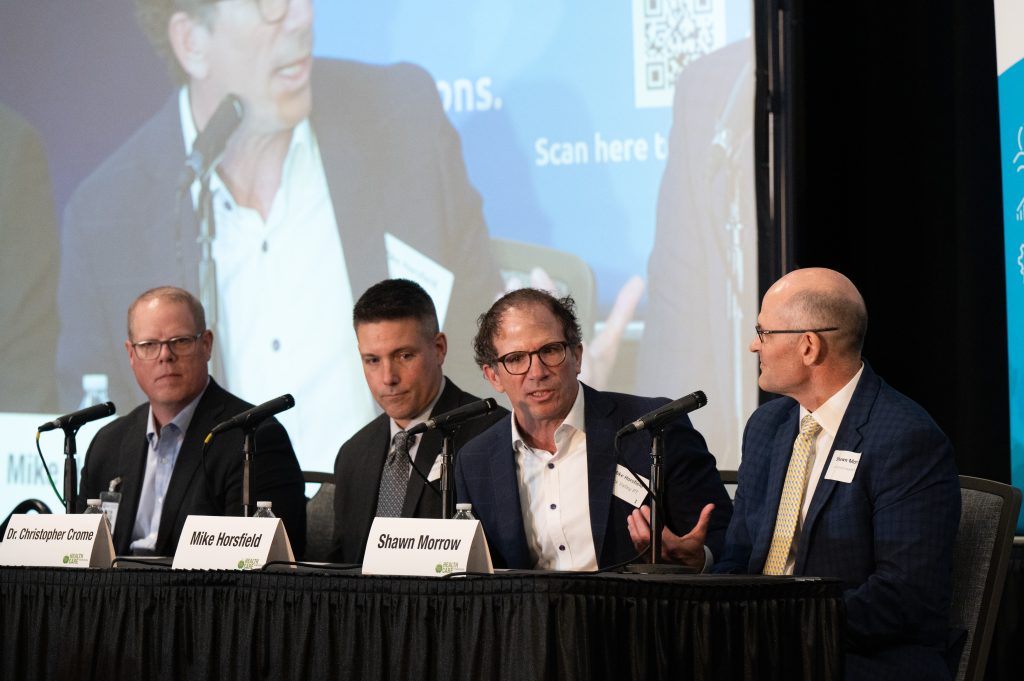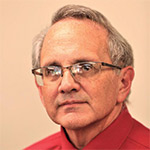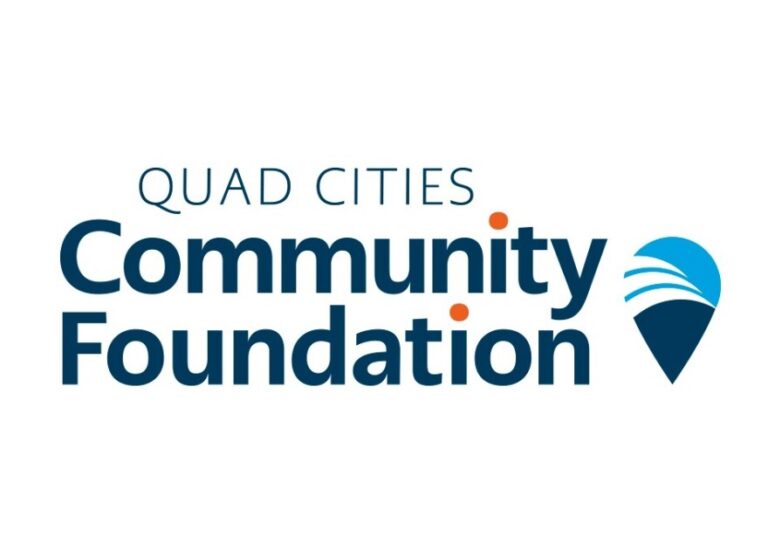
A panel of healthcare professionals discusses industry issues at the QCBJ Health Care Symposium on Wednesday, March 20, at the Quad Cities Waterfront Convention Center, Bettendorf. From left, are: Tom Bowman, CEO of Community Health Care; Dr. Christopher Crome, chief medical officer at Genesis Health System; Mike Horsfield, CEO of Rock Valley Physical Therapy; and Shawn Morrow, CEO of UnityPoint Health-Trinity. CREDIT TODD WELVAERT
How can we get and keep more health care workers in the region? What’s behind all the health company mergers and acquisitions? Will local doctors start using artificial intelligence (AI) to help treat patients?
Those were some of the questions tackled Wednesday afternoon, March 20, during the Quad Cities Regional Business Journal’s inaugural Health Care Symposium held at the Quad Cities Waterfront Convention Center, Bettendorf.

Want to Read More?
Get immediate, unlimited access to all subscriber content and much more.
Learn more in our subscriber FAQ.
Do you want to read and share this article without a paywall?







